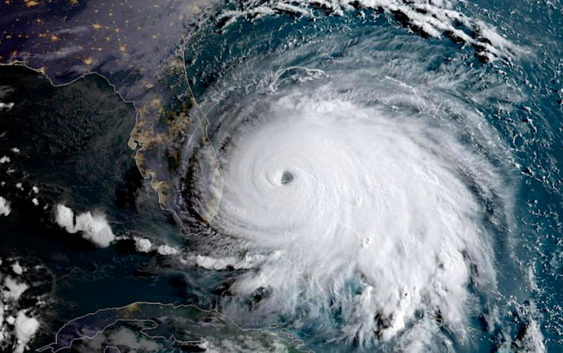- Sellers and Rantanen are among the NHL trade deadline winners. Hurricanes and Boeser are some losers
- Hurricane forecasters express concern over NOAA job cuts impact
- FEMA deadline for Hurricane Helene recovery aid extended again
- Tornado drills to take place at schools across North Carolina Friday morning
- Hays County emergency alerts cause confusion during Tuesday's wildfires
Texas Adjusting Hurricane Response Plans Due To Coronavirus Pandemic

DALLAS (CBSDFW.COM) – If 2020 has not been chaotic enough, Monday marked the start of hurricane season and experts are predicting a busy one with as many as a half dozen major hurricanes.
Being in the middle of a pandemic, Texas has been forced to rework its hurricane response plan to include social distancing.
Instead of setting up evacuation shelters at conventions centers and large school gyms, the state’s emergency department has identified smaller hotels and motels, including many in North Texas.
Those working the shelters may also look different, as many Red Cross volunteers and EMS first responders could be tied up with COVID-19 efforts when a storm hits.
In recent weeks, as the Texas Emergency Department has traveled the state helping to put out hotspots where COVID19 cases have spiked, Chief Nim Kidd said his department has also redone its hurricane plan.
Kidd said his department is used to dealing with overlapping emergencies. He said as big as Texas is it’s not unusual to be responding to wildfires in one part of the state and flooding in another.
The worst-case scenario would be a large hurricane hitting in the fall when many predict a resurgence of the virus but Kidd said Texas is prepared to handle such an event.
However, much like the state has revised its emergency plans, Kidd said Texans need to do the same and make sure they are prepared with a plan on where they would go in case of a hurricane.
This includes those in North Texas where a hurricane that hits the coast can result in flooding and spin-off tornadoes hundreds of miles inland.
“This is why it is so important to get this message out,” Kidd said. “There will so many safe places to stay and to go. We have brought on additional resources to do cleaning of those places which will be critical … so I don’t want people to think they have to stay at home because there’s no safe place to go.”